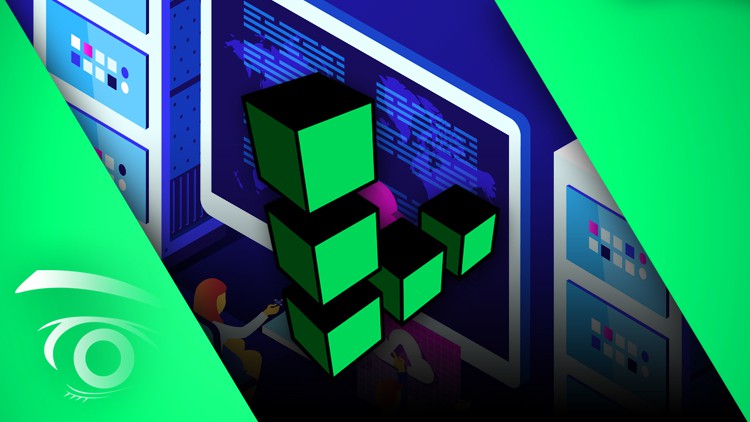Linode: Build a Scalable Blog App using PHP & MySQL DB
Cloud Computing | IaaS | Instance Deployment | Linux Foundations | Apache + DBMS | LAMP Stack | Scaling | PHP | Security
4.51 (87 reviews)

25,816
students
11 hours
content
Feb 2023
last update
$49.99
regular price
What you will learn
Understanding the fundamental concepts of cloud computing and the benefits it provides, such as scalability, flexibility, and cost savings.
Knowledge of different cloud service models such as IaaS, PaaS, and SaaS.
Ability to set up and deploy virtual servers on Linode cloud platform and configure web servers and databases.
Understanding of Linux operating system basics, including file systems, command-line tools, and user management.
Ability to install and configure the LAMP stack (Linux, Apache, MySQL, and PHP) on Linode server.
Knowledge of server security measures such as firewalls, SSH access, and SSL certificates.
Familiarity with server scaling techniques such as adding resources like CPU, RAM, and storage.
Knowledge of load balancing and auto-scaling concepts to ensure high availability and scalability of cloud-based applications.
Understanding of PHP programming language and its syntax, data types, and control structures.
Ability to write and execute PHP scripts.
Understanding of database management concepts such as creating tables, inserting data, and running queries using MySQL.
Ability to design and develop web applications that require user authentication and enable users to create and edit blog posts.
Knowledge of best practices for securing web servers and databases.
Experience in deploying, maintaining, and managing cloud-based applications.
Ability to create and restore server images and backups.
Screenshots




Related Topics
5037450
udemy ID
12/22/2022
course created date
3/17/2023
course indexed date
Bot
course submited by